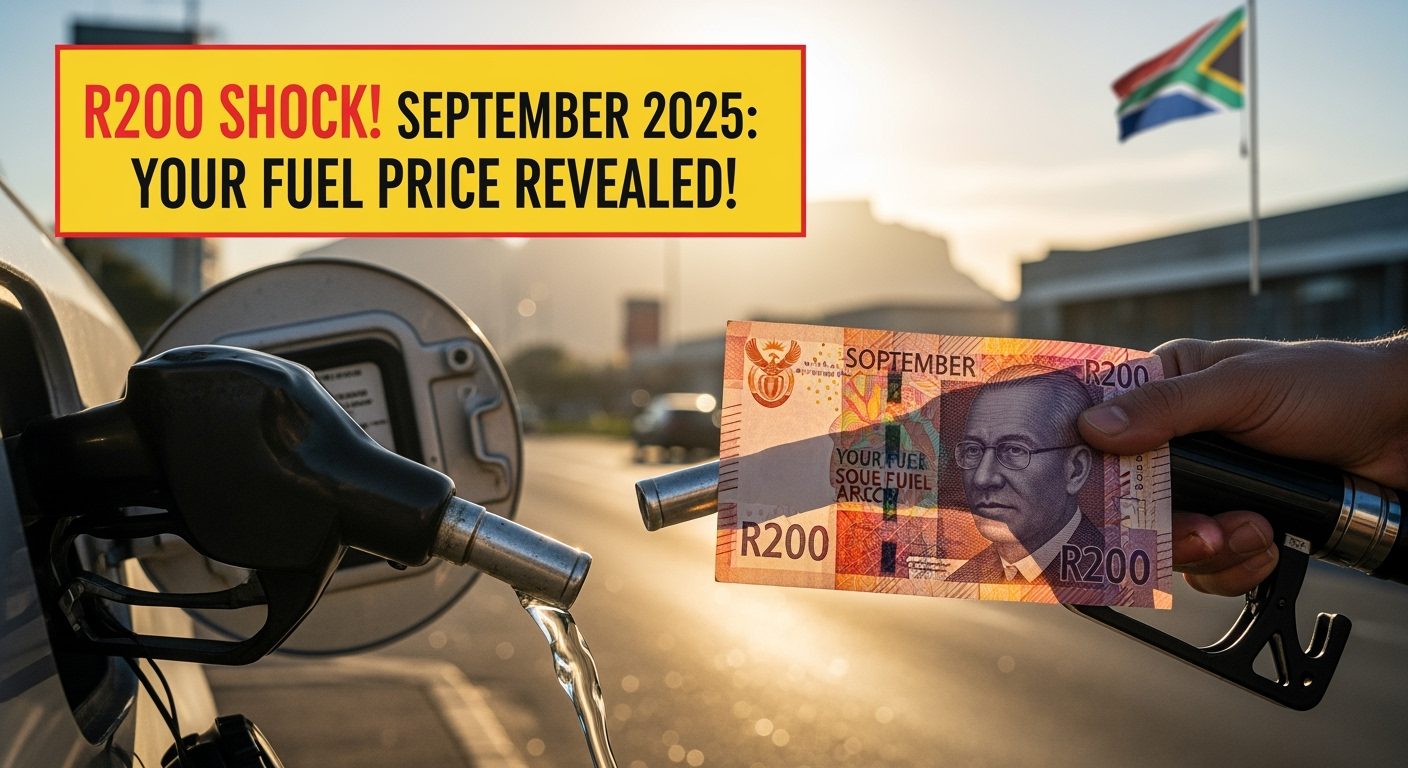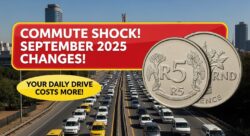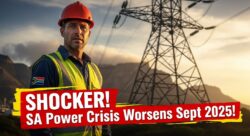Fuel Price Impact South Africa: I’ve been analyzing the latest report on the September 2025 fuel price hike in South Africa, and the findings are quite revealing. The recently released study shows a stark contrast in how urban and rural areas are affected by these increases. As you might expect, the impact isn’t uniform across the country, with some communities bearing a heavier burden than others. The comprehensive analysis highlights not only the immediate economic effects but also the long-term implications for mobility, food security, and overall cost of living for South Africans in different geographical settings.
What Are The Key Differences In Impact?
The fuel price hike of September 2025 has created a noticeable divide between urban and rural South African communities. In urban areas, residents have more transportation alternatives to mitigate the impact—public transport networks, ride-sharing services, and even cycling infrastructure provide options when fuel becomes prohibitively expensive. Additionally, the concentration of services means urbanites typically travel shorter distances for essentials.
Rural communities, however, face a different reality. With limited public transport options and longer distances between essential services, rural South Africans are experiencing a disproportionate burden. The report indicates that rural households now spend approximately 15-20% more of their monthly income on transport compared to their urban counterparts. This disparity extends beyond personal mobility to affect the cost of goods in these areas, as transportation costs are inevitably passed on to consumers.
 South Africa Weekend Weather September 2025 – Provinces Alerted of Dangerous Rain Conditions
South Africa Weekend Weather September 2025 – Provinces Alerted of Dangerous Rain Conditions
Why Are Rural Areas Harder Hit?
The vulnerability of rural areas to fuel price hikes stems from several structural factors. First, the dependence on private vehicles is significantly higher due to inadequate public transportation infrastructure. When the fuel price hike hit in September 2025, rural residents had fewer alternatives to absorb or avoid these increased costs.
Second, the economic resilience of rural communities is generally lower, with fewer employment opportunities and lower average incomes. This means that when fuel prices increase, a larger percentage of household budgets must be redirected to transportation costs. The report highlights that agricultural activities—often the backbone of rural economies—are particularly affected as they rely heavily on fuel for machinery, transportation of goods to markets, and distribution of products.
Finally, the cascading effect on other goods and services is more pronounced in rural areas, where supply chains are longer and more fuel-dependent, creating a multiplier effect on the cost of living.
How Can Communities Adapt?
Adaptation strategies differ significantly between urban and rural settings following the fuel price hike. In urban areas, I’ve observed a notable shift toward public transportation and carpooling arrangements. Many city dwellers are also embracing remote work options where available, reducing their overall transportation needs.
For rural communities, adaptation is more challenging but equally necessary. The report suggests several approaches being implemented:
- Community transport sharing initiatives, where vehicles and fuel costs are shared among multiple households
- Consolidation of trips, with rural residents carefully planning to accomplish multiple errands in single journeys
- Local market development to reduce dependence on distant urban centers
- Adoption of fuel-efficient vehicles and alternative energy sources where possible
These strategies, while helpful, only partially mitigate the impact of the fuel price hike. More comprehensive solutions will require policy interventions specifically targeted at addressing rural transportation challenges.
 September 2025 R12,500 Youth Grant – Application Window Open With Step-by-Step Instructions
September 2025 R12,500 Youth Grant – Application Window Open With Step-by-Step Instructions
When Will Relief Measures Take Effect?
The timeline for relief is a pressing concern for many South Africans affected by the September 2025 fuel price hike. According to the report, short-term relief measures are already being implemented in some areas, including temporary fuel subsidies for essential services and public transport operators. These measures aim to stabilize prices for consumers in the immediate aftermath of the hike.
Medium-term interventions, scheduled to roll out over the next 6-12 months, include expanded public transport routes to previously underserved rural areas and incentives for fuel-efficient vehicle adoption. The government has also announced plans to review the fuel pricing structure with potential reforms expected by mid-2026.
Long-term strategic initiatives focusing on reducing South Africa’s overall dependence on imported fuel are in development, but these will likely take 3-5 years to significantly impact prices. Have you considered how these timelines might affect your own planning and budgeting for the coming years?
Real Impact: A Rural Farmer’s Perspective
I recently spoke with Johannes Nkosi, a small-scale farmer from Limpopo Province, who provided a firsthand account of the fuel price hike impact. “Before September, I spent about 1,800 rand monthly on fuel for my farm equipment and to transport produce to markets. Now, I’m spending over 2,500 rand for the same activities. This means I’ve had to reduce the area I’m cultivating and focus only on higher-value crops,” he explained. Johannes also mentioned that local food prices in his village have increased by approximately 12% since the fuel price hike, affecting food security for many families who were already struggling. His experience exemplifies the ripple effects of fuel price increases in rural economies across South Africa.




